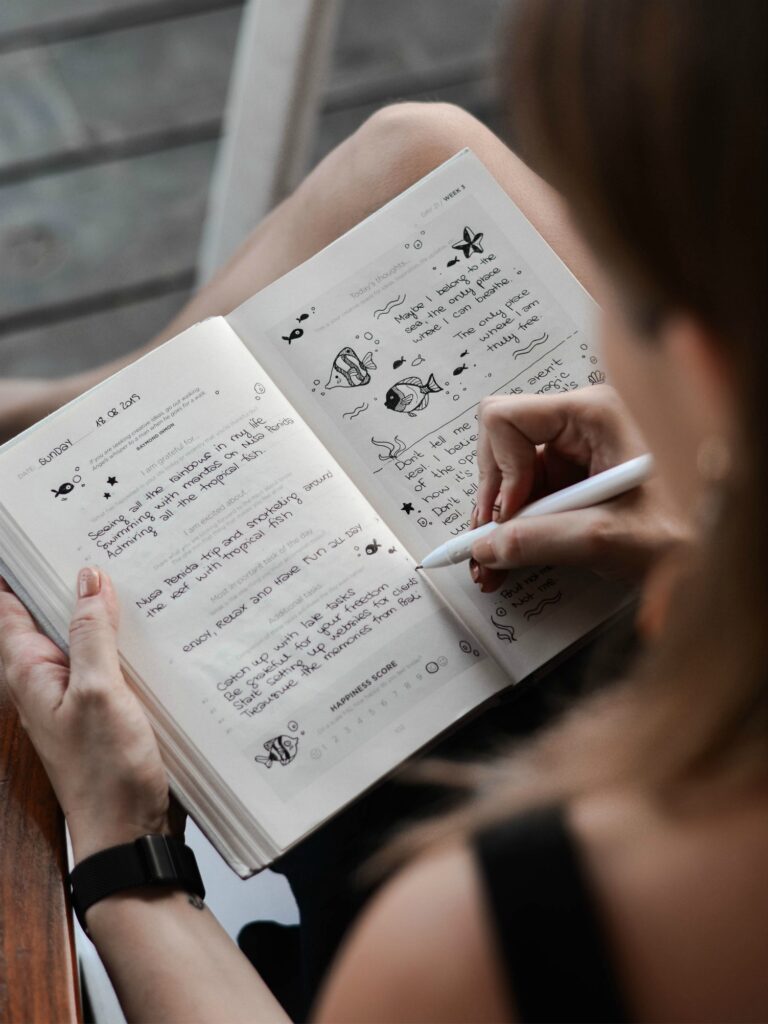Putting pen to paper can be intimidating. There is something that feels permanent when thoughts are written down, like they are etched irreversibly in our mind’s eye.
It’s that ethos of timelessness that keeps many people from journaling. In an age when sharing innermost thoughts on public platforms seems normal, worries that we may never write clever Instagram-worthy quotes or that our drawing skills plateaued in kindergarten are understandable. But, there is one subject to write about that does not judge your work and always has nuggets of wisdom and inspiration: nature.
Nature journaling is a powerful tool. It sharpens observation skills, unleashes creativity, kindles imagination and deepens emotional and physical connections with our surroundings. It is simultaneously calming and energizing. Best of all, it can be anything you want it to be. You can draw, press flowers, make lists, write poetry or chronicle thoughts. There is no wrong answer. But like anything unfamiliar, it can be hard to get started.
One idea is to let loose your inner artist and draw what you see. Stick figures and doodles are welcome! The goal is not to create a sketch that will be hung in a museum, or even on the refrigerator door. Studying the shapes that make up your surroundings will help you notice details that are easy to miss by observation only. If you look at a river, you may see flowing water tripping over stones. But by looking closely enough to portray the scene, you will discover other elements. How many stones are there? Does the river curve? How steep are the banks? Are there whitecaps in the current? Before long, you will know that landscape intimately.
If you are too uncomfortable with shapes, then making lists is another place to start. It begins with whole-body observations. Not only recording what you see, but the interactions of your other senses too. Is there a heady, earthy scent? Can you feel a breeze brushing up your arms? Has the morning birdsong faded into stillness? This exercise can result in an especially deep connection if you visit the same place regularly. Observations may not seem to shift daily, but as months and seasons go by, you will have translated a place onto paper.
Finally, creative writing within nature journaling can balance the endless spreadsheets, worksheets, meeting notes and paperwork that consumes our lives. A haiku is a traditional Japanese poem that’s roots can be traced back to the 9th century. They are three short lines that do not rhyme or need to be complete sentences. The first and third lines are 5 syllables while the second line is 7 syllables. Haikus generally focus on natural themes and observations. Instead of thinking of them as simply a poem, consider haikus a way to peer into the physical world to see the nature of something’s existence.
If that sounds intimidating, begin with creating a sentence or two, totalling 17 syllables, about an observation. Then, try to divide that sentence into the 5,7,5 three-line structure. A little tweaking of word choice may be needed, but you’ve got yourself a haiku!
Once you have ideas flowing, there are a few more practical matters to think about, like where to get started. Close to home, you could try your backyard or a neighborhood park and playground. Public lands like state parks and wildlife refuges have a variety of different landscapes to experience. Red-tail Land Conservancy has ten public nature preserves in east central Indiana with woodlands, wetlands, prairies and rivers. Essentially, anywhere outdoors is ripe for nature journaling.
Let’s say you have found the perfect place and have a notebook in hand. But then you run into the dreaded first blank page. It is the defining moment of your journal. The one and only time you can start. It must be perfect… or not. A blank page doesn’t need to cause you misery and trepidation. View it as a place to get your writing hand warmed up. Break the ice by writing where you are, what you are wearing, even the name of the snack you brought. Your journal is for you. Perfection is whatever thoughts make it onto the page.
More than ever, many of us could use a way to feel present and calm. You may find that looking closely at your surroundings will lead you to looking deeper within yourself.
Nature journaling,
a wondrous way to see–
it’s “write” around you.
Kelley V Phillips is the Outreach Coordinator for Red-tail Land Conservancy. Her work in community engagement inspires excitement and wonder in nature through education and tangible experiences.




